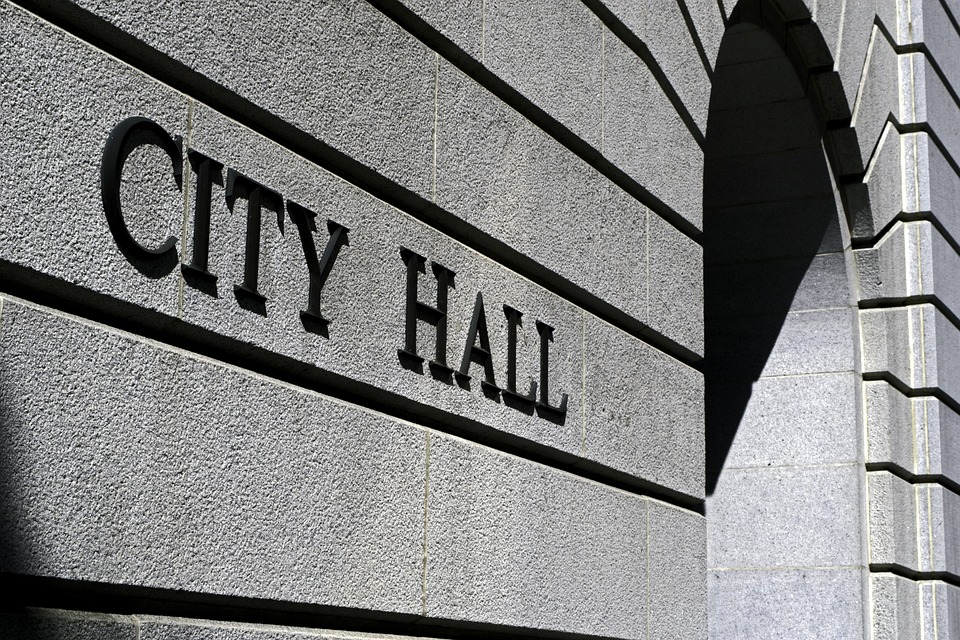When communities commit to ambitious community-wide climate goals,
local government must lead by example.
Local leaders should put government operations on a fast track to 100% clean energy.
Be the Change
Citizens are often quick to notice examples where local government operations are (or look) inefficient. We hear folks talking about lights on overnight in city buildings and idling public vehicles, for example. When a community is pursuing ambitious climate goals, the inconsistencies between the city’s vision and citizen reality can undermine efforts.
To identify and address potential inconsistencies, invite input from the public and government employees. What practices do they see that are inefficient? What feedback to they hear from constituents? Challenge each department to prioritize the inefficiencies and address the top three this quarter.
As you increase the efficiency of government operations, you can showcase those examples to the broader community. We reduced our paper usage by 25% last year and you can too.
More broadly, of course, each city department should integrate the climate goals into their ongoing efforts and their strategic plans forward. How is the water department going to reduce its emissions consistent with the city’s vision for 100% clean energy? What role can parks play in the efforts?
Achieving 100% clean energy or zero emissions requires EVERYONE to do their part. A great first step is engaging EVERY part of the local government operations.
Pilot New Strategies
Look for opportunities for local government to pilot technologies or strategies that might benefit residents or businesses in your community. A solar array on a public facility can, for example, showcase cost savings while also helping others become more familiar with the technology.
As you pilot efforts be transparent about the costs and benefits. If upgrades to the heating and cooling system in city hall have improved employee morale, share that insight. Your transparency can make it easier for businesses to consider and adopt new technologies—because they’ve got the information they need to assess those options. A great example of this is the New York City study on its fleet operations which showed total cost of ownership for various gas, hybrid and electric vehicles. This is real data from ongoing operations—it’s very helpful to others considering those options!
Benchmark, Benchmark, Benchmark
Any effort to reduce emissions requires you to understand what you’re using now and what’s possible. A good way to understand what’s possible is to compare your usage to others. Benchmark your facilities!
Benchmark energy and water usage in local government facilities and share your data with the whole community to illustrate the power of benchmarking.
Use the free ENERGY STAR Portfolio manager to compare your usage to other similar government facilities. You’ll see how you compare to entities across the country (with built-in weather normalization). This same powerful tool is available free to local businesses; by using it you lead by example.
Share your benchmark results with the community online. Be transparent about where the city has opportunities to achieve more efficiencies as well as where your buildings out-perform peers.
Community leaders who hold themselves accountable for the efficiency of government operations have the credibility to lead their communities to a 100% clean energy future.


